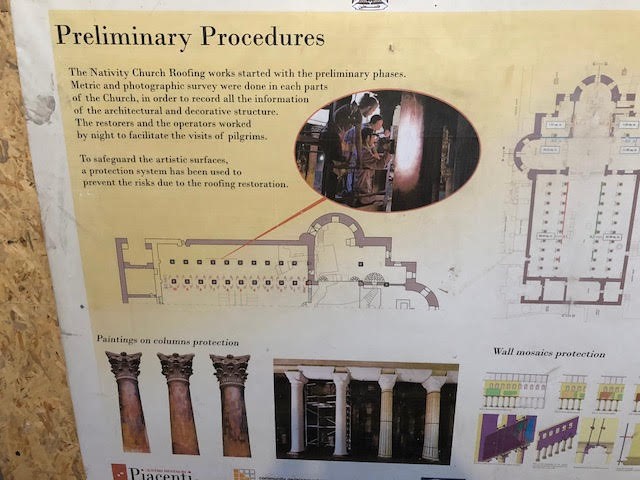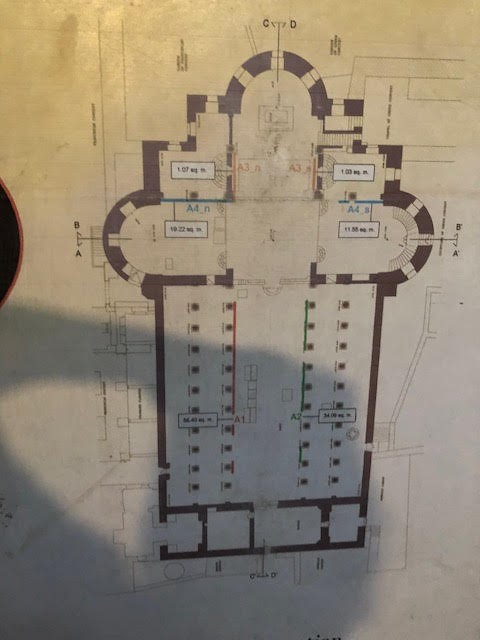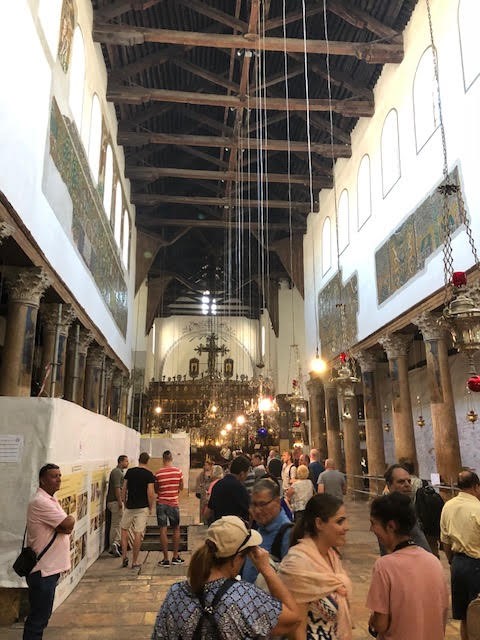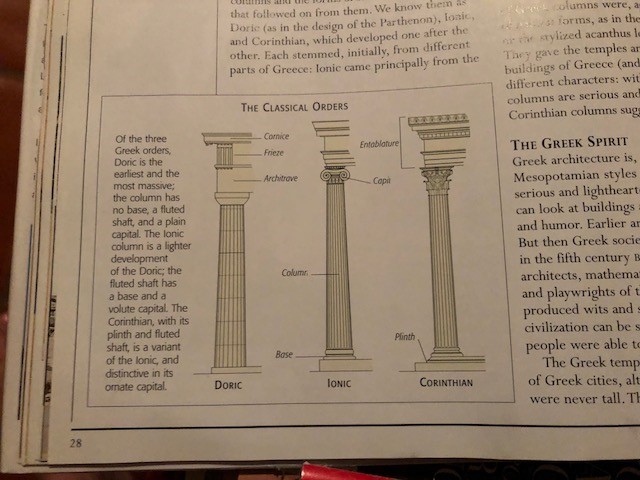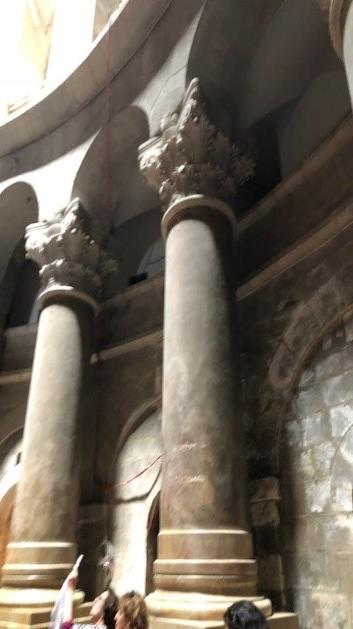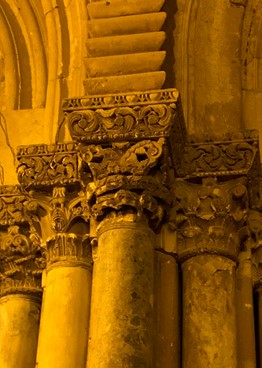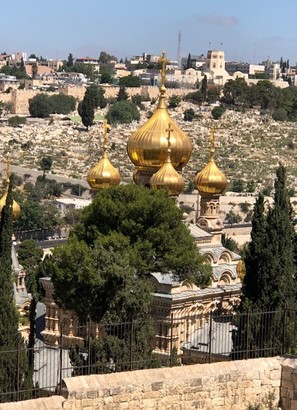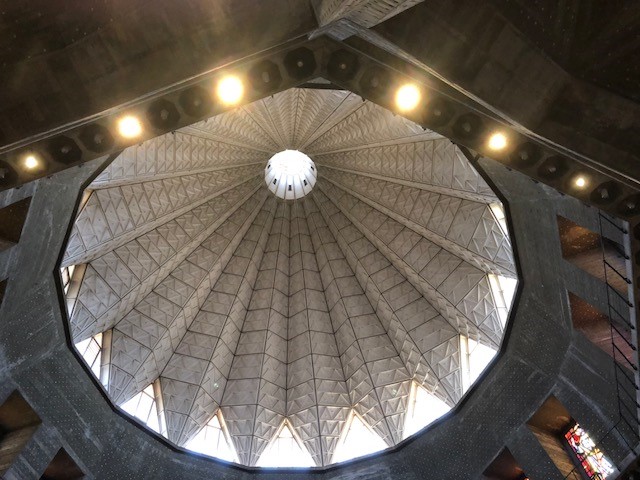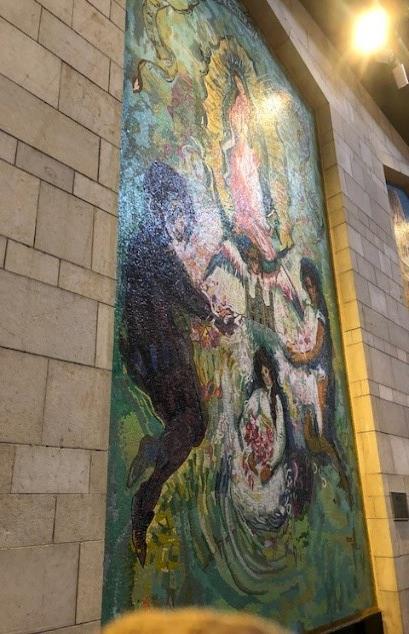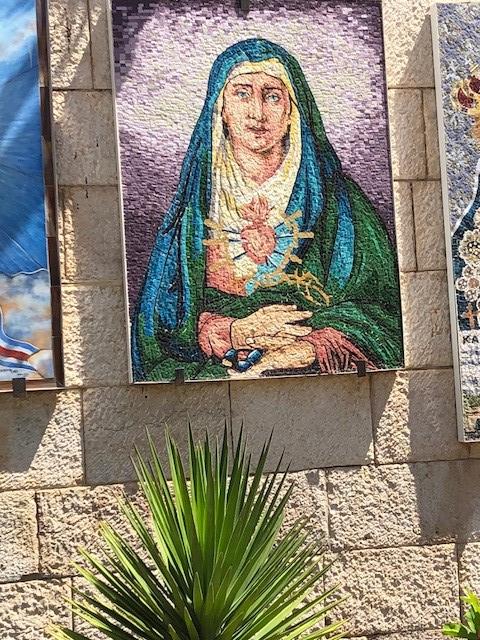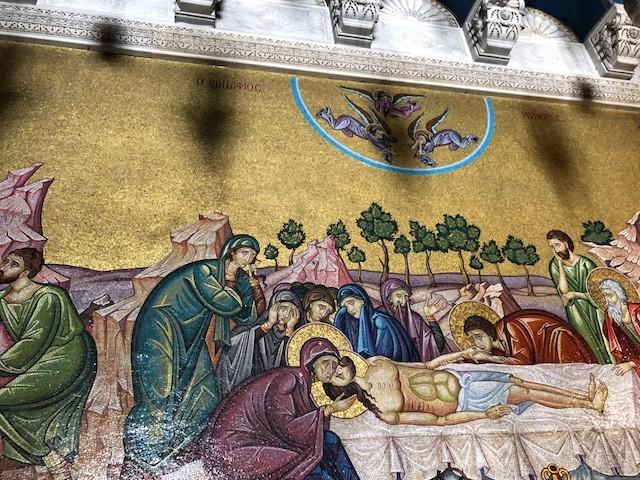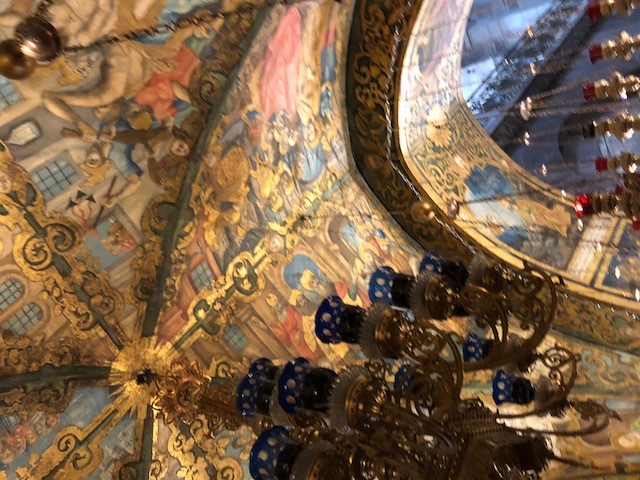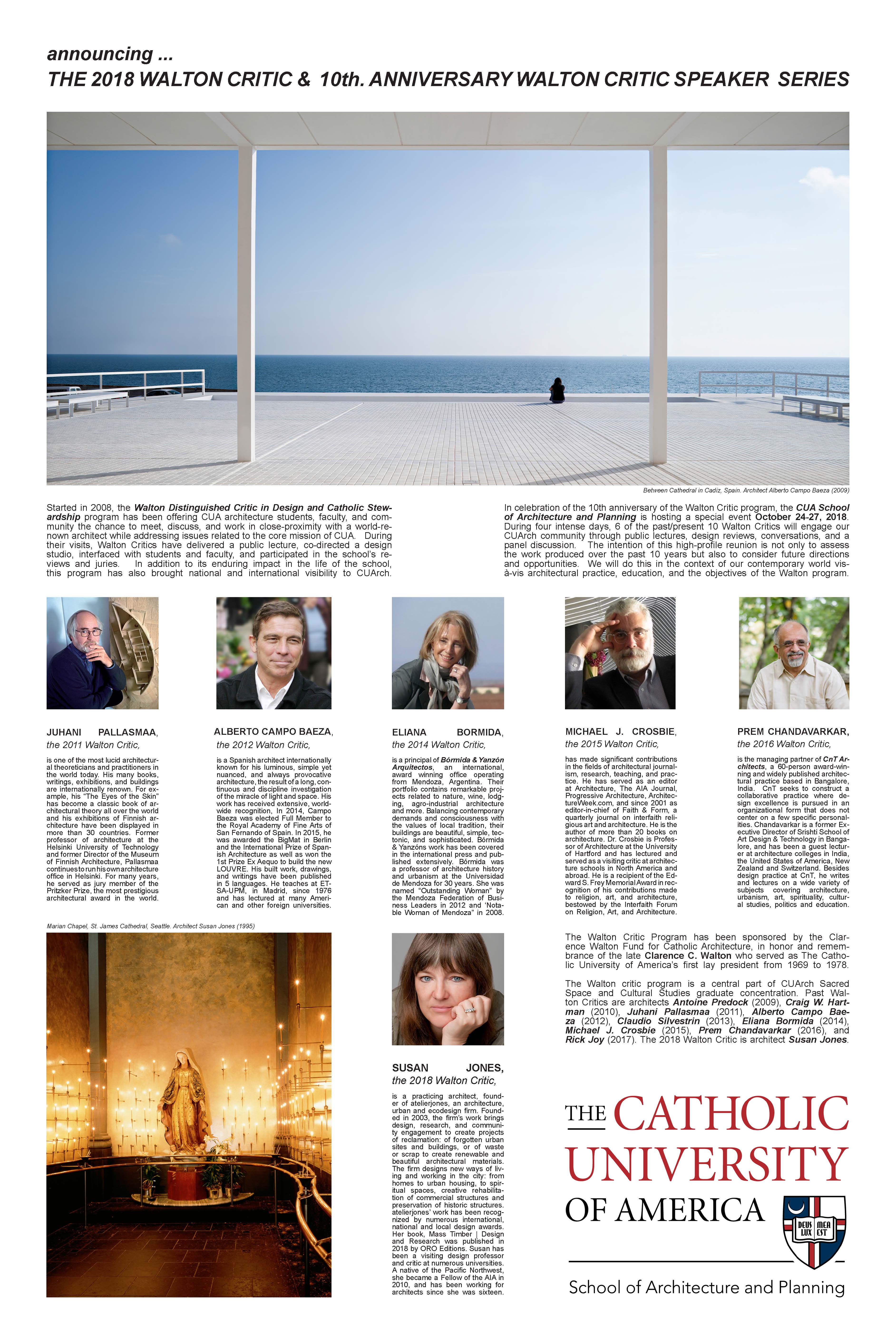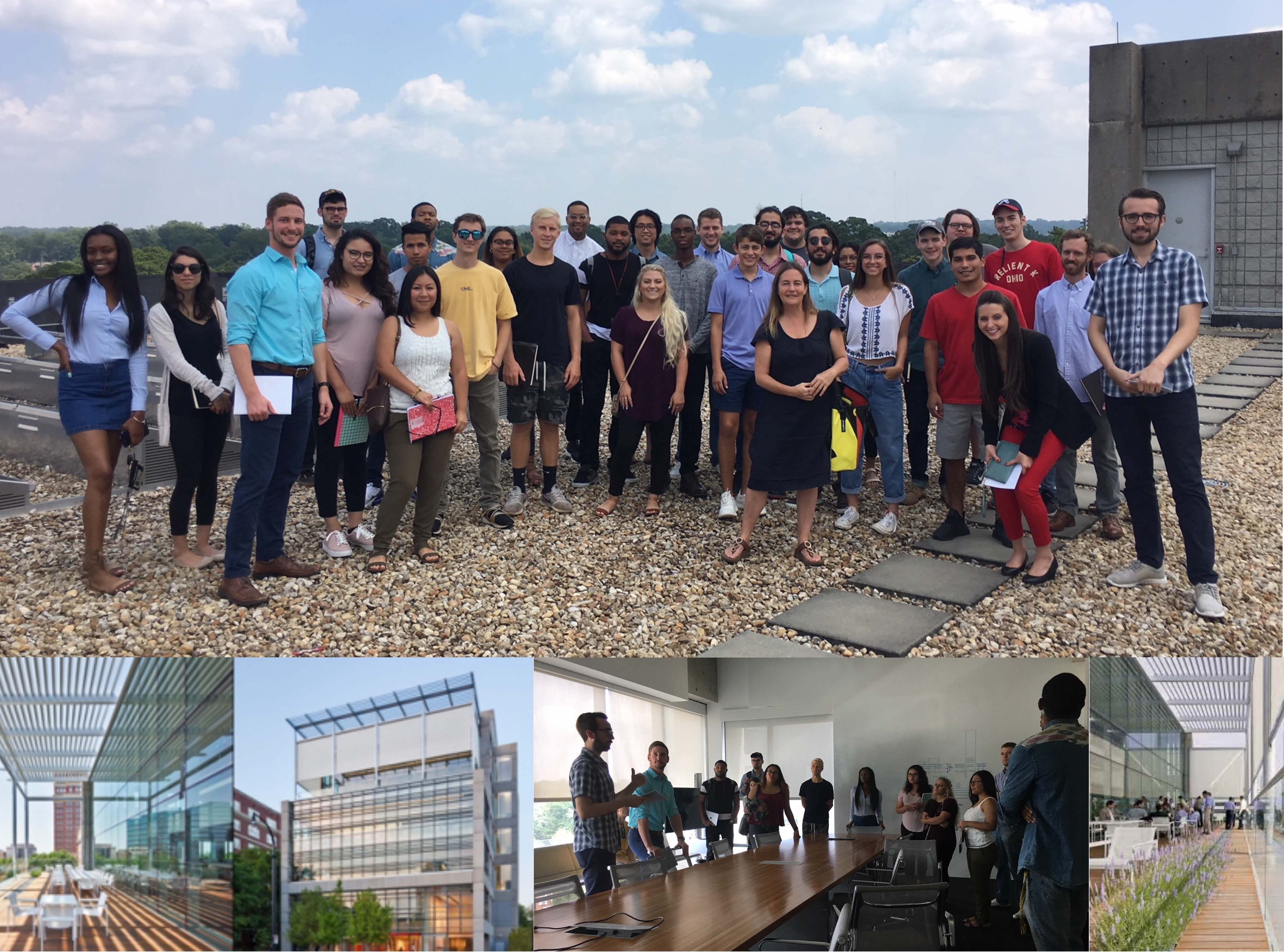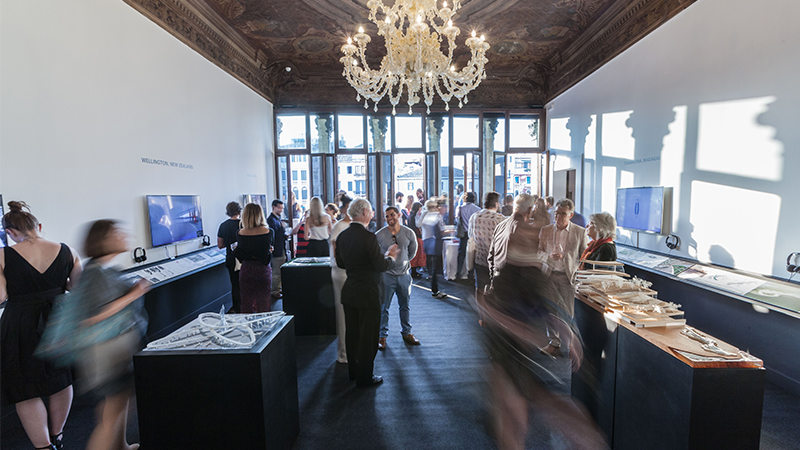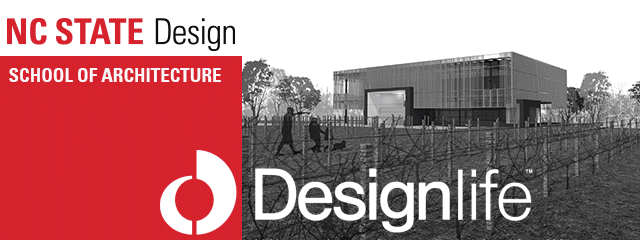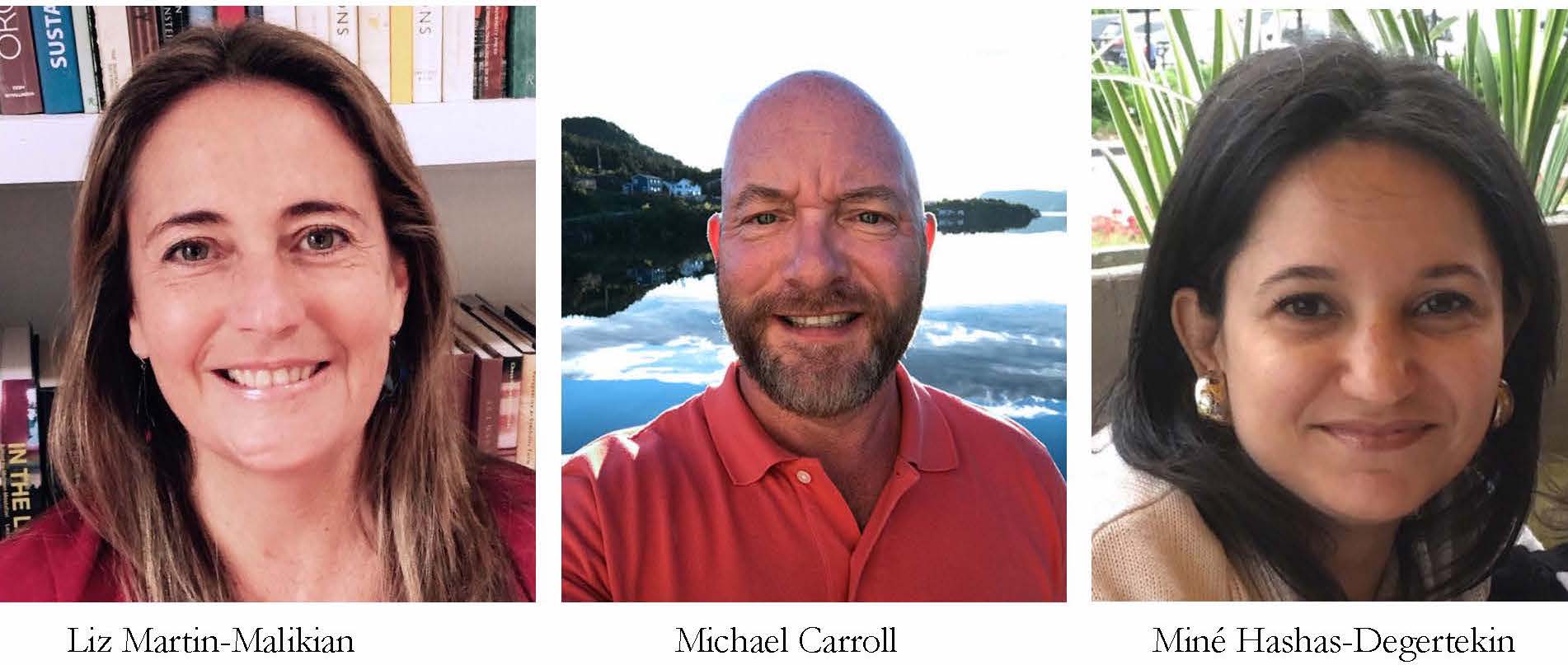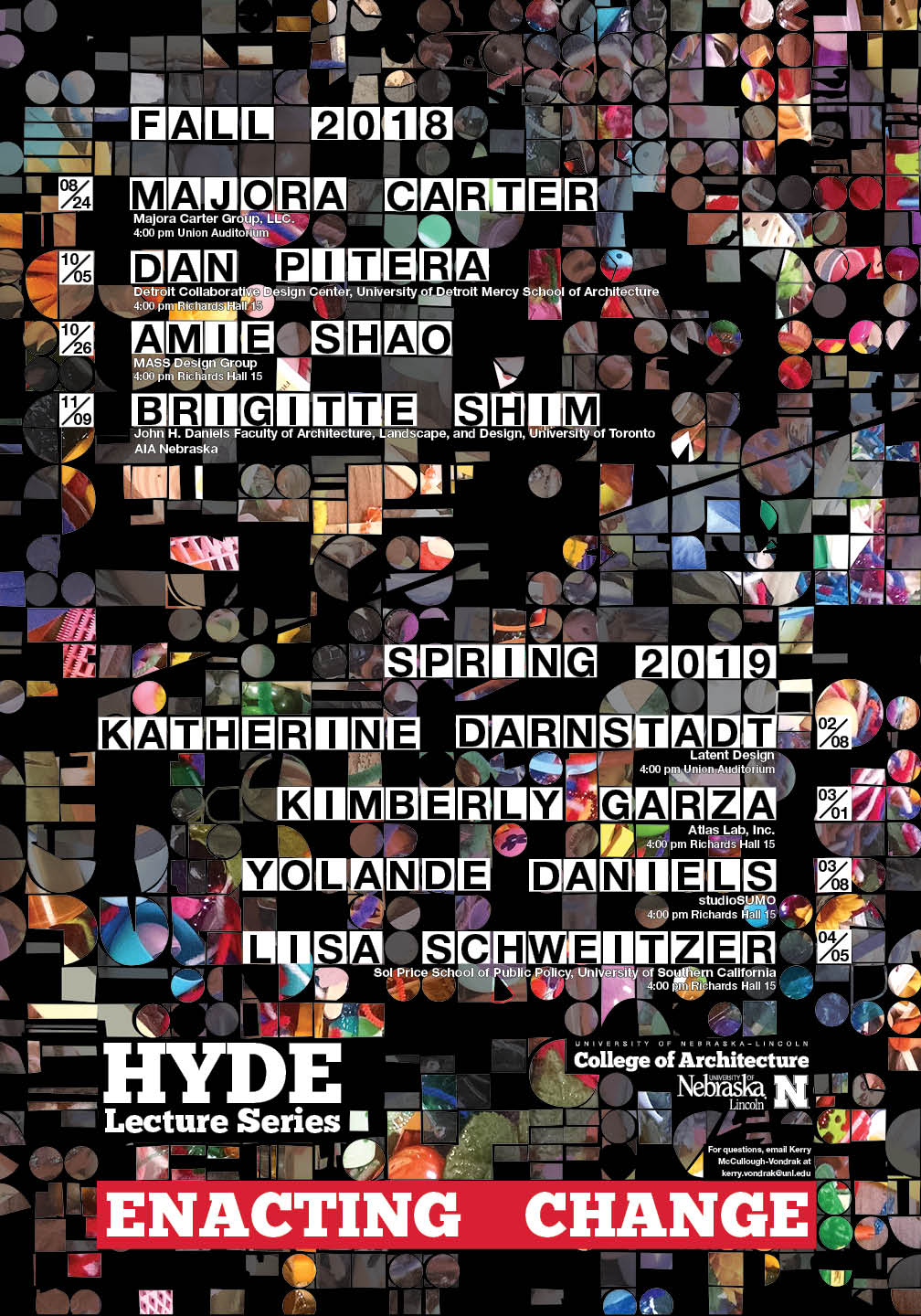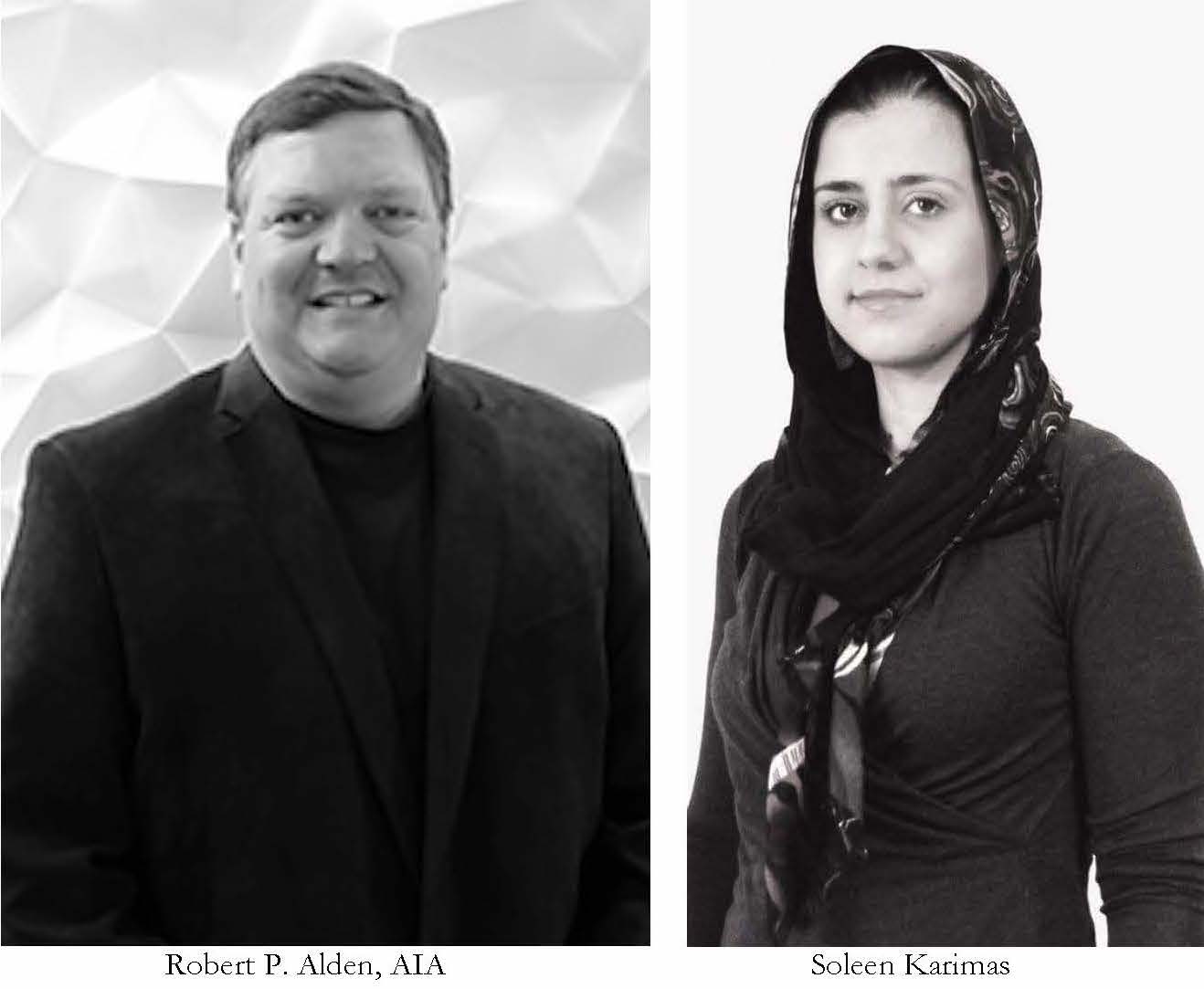From the President: Porto, Siza, EAAE
Porto’s dramatic topography, azulejo-clad buildings in its historic core, and Alvaro Siza’s white pavilions of the Faculty of Architecture at the University of Porto (FAUP) provided a spectacular backdrop for two days of stimulating discussions on the role of design studio as a “laboratory for interactions between architectural education and society” at this year’s Annual Meeting of the European Association for Architectural Education (EAAE), ACSA’s sibling organization in Europe.
In an opening keynote, Álvaro Siza, undoubtedly one of the greatest living architects today, reflected on his distinguished career in a conversation with the co-chairs. He revealed how he wanted to become a sculptor, but his parents put a stop to that; architecture, however, was an acceptable choice for a young man from Matosinhos, a coastal town that abuts Porto. Surprising many in the audience, Siza also spoke of his interest in Frank Gehry’s architecture. That, however, shouldn’t be so unexpected, as both Siza and Gehry were rather overt about their interest in dramatic sculptural forms, albeit of a very different kind.
There were too many architectural “distractions” in Porto, let alone the city itself. Some took a dip in the tidal pools at Leça da Palmeira beach under the excuse of wanting to viscerally experience Siza’s architecture, dined at the Tea House (same), went to the Serralves Museum, or took a tour of OMA’s Casa da Música. Some immersed themselves in the gustatory delights of port wine cellars or took a trip into the scenic Douro Valley and its endless vineyards. If that wasn’t enough, bacalhau and dourada, prepared this and that way, and vinho verde “fueled” passionate conversations that took place along the banks of Douro and the beaches of Matosinhos.
And the conference? The conference* was great, packed with two days of thought-provoking keynotes and engaging interactive sessions that focused on how design studios address the broader social and cultural context of a contemporary city. The opening conversation with Álvaro Siza, and the morning keynotes by Bettina Götz, Albena Yaneva, and Boštjan Vuga set the overall tone for the presentations and panel discussions that followed.
Speaking of the context, our colleagues in Europe are blessed with amazing cities and diverse cultures that make participating in an academic gathering there a feast for the eyes, mind, and soul. So, make sure you don’t miss the inaugural ACSA/EAAE Teachers Conference next year in Antwerp, Belgium (June 28-29)—the call for papers is coming soon!
* For information about the 2018 conference, visit http://eaae2018porto.arq.up.pt/.
—Branko Kolarevic, ACSA President

 Study Architecture
Study Architecture  ProPEL
ProPEL 

